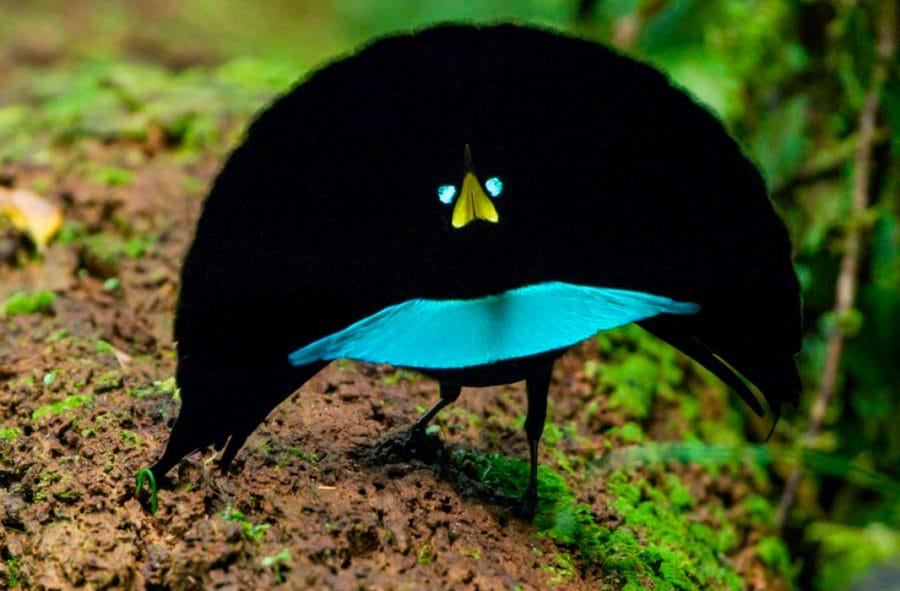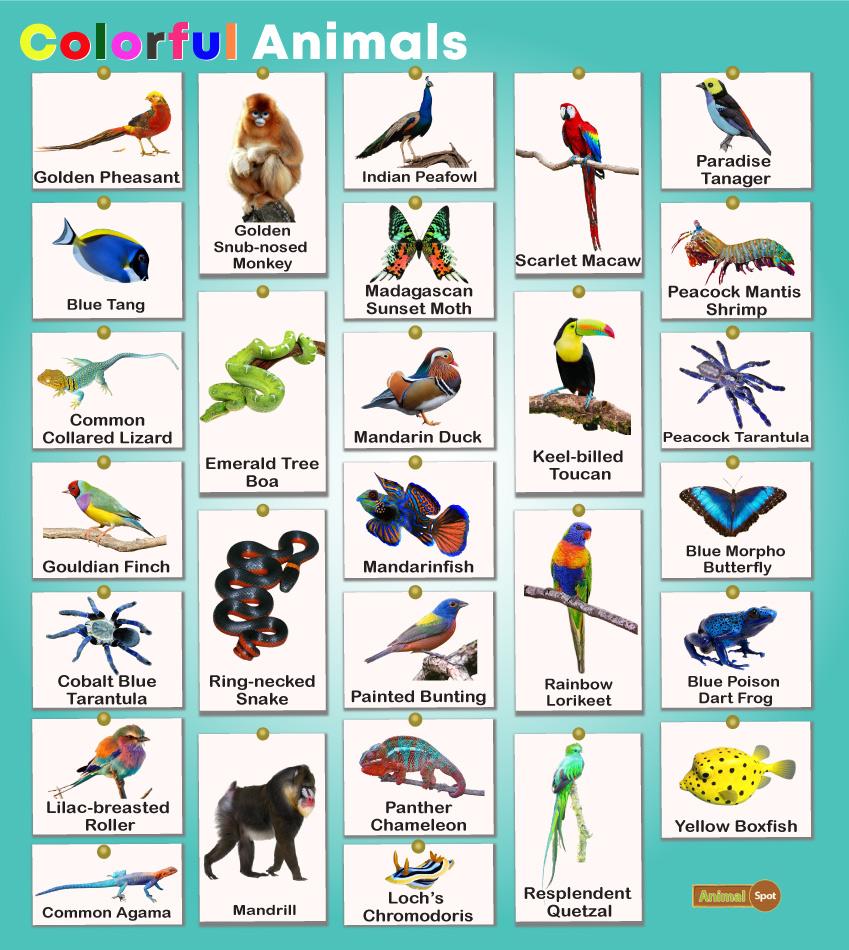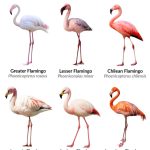| Pheasants and Allies |
| Reeves’s Pheasant | 80-83 | 94-95 | Intricately patterned tail, with a mix of white, brown, and black feathers | Central and Eastern China |
| Malayan Crested Argus | 6-26 | 66-68 | 12 feathers in their tails, which are considered the widest among all birds | Malaysia |
| Vietnamese Crested Argus | 6-26 | 66-68 | Same type and number of tail feathers as the Malayan Crested Argus | Vietnam and Laos |
| Great Argus | 22-23 | 41-56 | Elongated tail feathers and secondary wing feathers with big eyespots | Parts of Southeast Asia, like Borneo, Sumatra, and the Malay Peninsula |
| Indian Peafowl | 39-45 | 38-44 | Iridescent tail feathers with eye-like patterns | Indian Subcontinent |
| Lady Amherst’s Pheasant | 9-17 | 29-31 | Grayish white tail feathers with black bars and red streaks at the base | Northern Myanmar to southwestern China |
| Golden Pheasant | 11-13 | 24-31 | The female’s tail is longer. Central tail feathers are black with cinnamon spots and a cinnamon buff tip. Upper tail coverts are the same color | Western China |
| Common Pheasant | 13-15 | 18-20 | Black tail with brown streaks | The Balkan region to mainland China and Taiwan |
| Passerine Birds |
| Ribbon-tailed Astrapia | 11-12 | 36-39 | Tail consists of two white, ribbon-like feathers | Papua New Guinea |
| Greater Bird-of-Paradise | 14-17 | 34-36 | Yellow tail feathers with white borders raised in an erect position during courtship | Aru Islands in Indonesia and southwest New Guinea |
| Lesser Racket-tailed Drongo | 9-11 | 31-46 | Tail feathers end in racket-shaped extensions | Southeast Asia |
| Superb Lyrebird | 15-18 | 2-28 | 16 tail feathers include 2 outer “lyrates” (broad, S-shaped, brown, and buff-patterned), 12 flexible silvery feathers, and 2 central silvery feathers | Southeastern Australia |
| Long-tailed Widowbird | 6-8 | 17-20 | Tail consists of 12 narrow black feathers | Angola, Kenya, Zaire, Botswana, and South Africa |
| Long-tailed Paradise Whydah | 9-10 | 13-14 | Tail made up of flowing black feathers | Sub-Saharan Africa |
| Taiwan Blue Magpie | 10-12 | 13-17 | Blue with white tips, with the central feathers being the longest | Taiwan |
| Fork-tailed Flycatcher | 4-5 | 11-12 | Forked tail longer than its body | Central Mexico to Argentina |
| Scissor-tailed Flycatcher | 6-7 | 8-9 | Forked tail that is black dorsally and white ventrally | Northern Mexico and parts of the United States |
| Seabirds |
| Long-tailed Jaeger | 4-12 | 9-11 | Two central pointed tail feathers | High Arctic of Eurasia and North America |
| Quetzals |
| Resplendent Quetzal | 14-16 | 12-40 | Iridescent green tail feathers, which consist of central plumes and streamers | Ranges from Panama to Mexico |
| Motmots |
| Turquoise-browed Motmot | 4-5 | 8-9 | Long tail with racquet-like tips, often swung like a pendulum | Central America |
| Hummingbirds |
| Marvelous Spatuletail | 1-2 | 4-5 | Two outer tail feathers with bare shafts that cross each other, ending in large purplish-black spatules or “racquets” | Peru |
| Red-billed Streamertail | 4-5 | 4-5 | Tail feathers are black with a green gloss | Jamaica |
| Black-billed Streamertail | 4-5 | 4-5 | Similar to the red-billed, tail feathers are black with a green gloss | Eastern Jamaica |
| Long-tailed Sylph | 1-3 | 4-5 | The upper surface of their tail feathers is iridescent blue, green, and violet, and the underside is bluish black | Bolivia, Colombia, Ecuador, Peru, and Venezuela |









